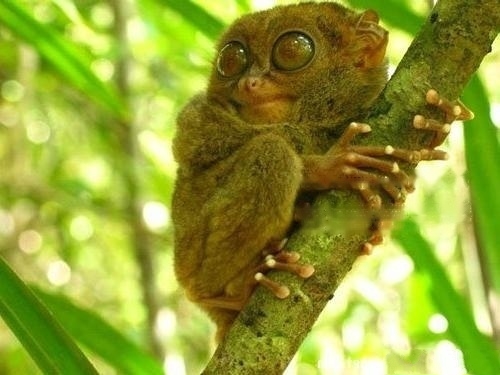Because the tarsier is endangered, it is also the smallest monkey species in the world. It is mainly distributed in the Philippines in Southeast Asia and likes to live in dense secondary forests and shrubs. In order to raise it well, it is not enough to just know these things, we must know its breeding process and survival skills. Let's take a look at it below.

Tars
Lifestyle
Habitat
Tarsiers are arboreal animals in dense forests in tropical and subtropical Southeast Asia, preferring to live in dense secondary forests and thickets There are also distributions in primary forests.
Reproduction process
Female animals have 2 to 3 pairs of nipples, the gestation period is about 180 days, and each litter produces 1 cub. The cubs are only 6 cm long after birth, they are covered with fluff and their eyes are open.
Survival Tips
The tarsier can turn its head almost a full circle without moving its body. This helps it spot prey and avoid enemies like owls and kittens. It has the ability to highly adapt to jumping on trees, and can jump between trees with a distance of more than 3 meters. It can walk on all fours, jump or run on the ground with its hind limbs, climb trees, and slide down the trunk. The disc-shaped finger pads have the function of suction cups, which is conducive to climbing. Often solitary, sometimes in pairs, each pair produces one offspring. Female monkeys give birth at 6 months of gestation, and cubs can grab their mothers or cling to branches as soon as they are born. Tarsier monkeys have one child per year.
The tarsier lurches awkwardly along tree branches, but usually they do so by jumping. When jumping, they suddenly straightened their long hind legs and jumped into the air, and then landed on another tree 2 meters away from themselves. It can also turn halfway through if necessary.
The baby tarsier is born well-developed. They have thick fur and open eyes, and are born with the ability to crawl and grab onto their mother's fur. If the mother monkey has to go a long way, she will carry the cub in her mouth.

Subscribe to Newsletter
Professional platform for pets, dogs and cats.
![[Dog Training 5] The training method of pet dog dining etiquette](/static/img/12192/12192_1.jpg)




